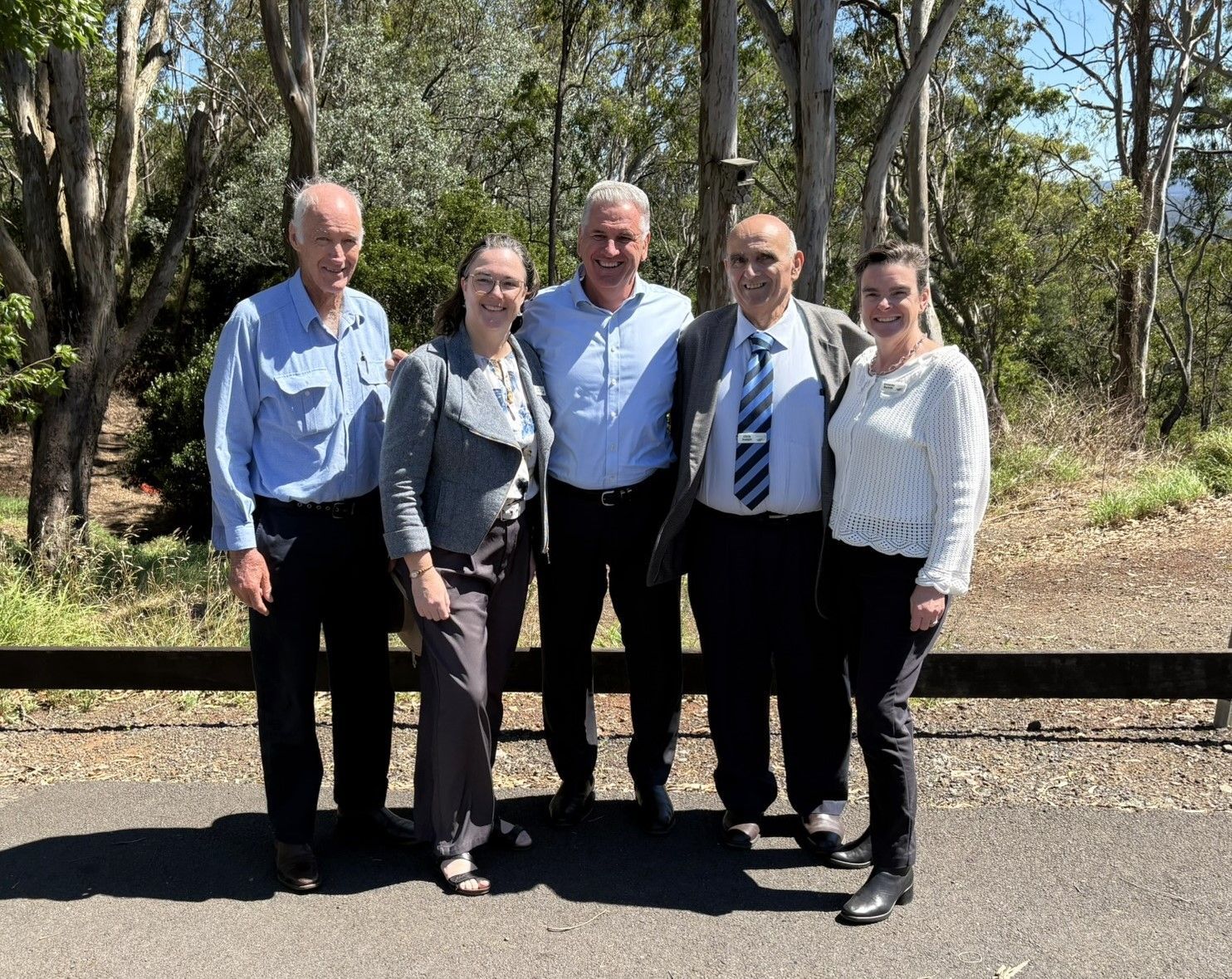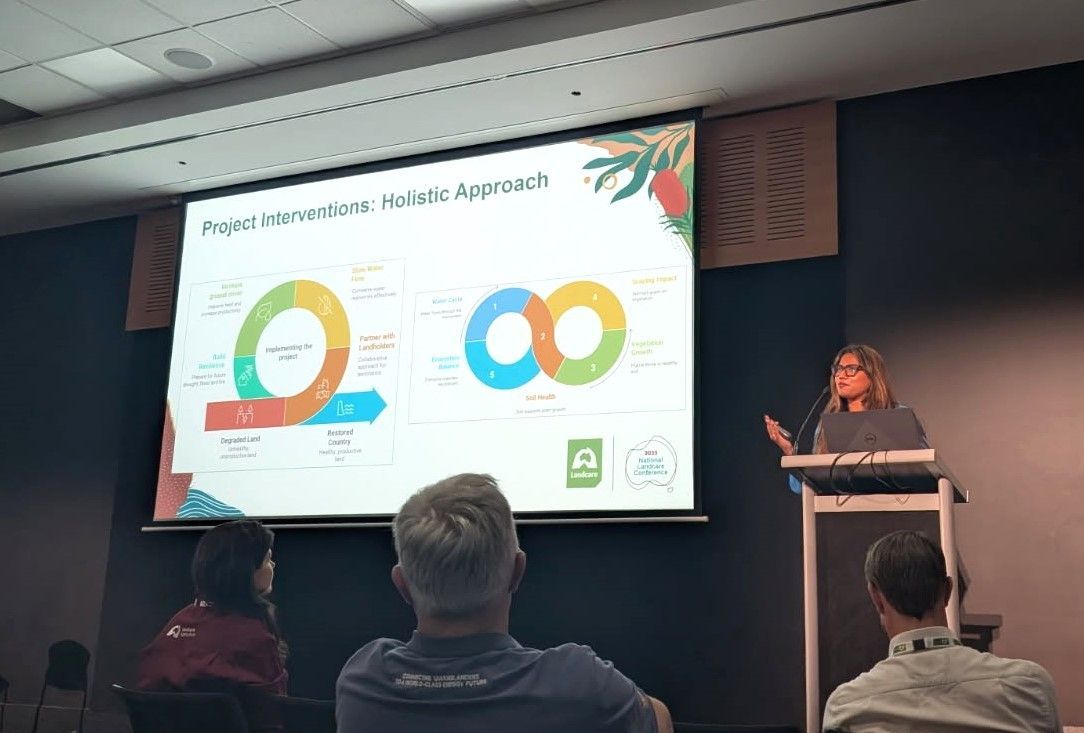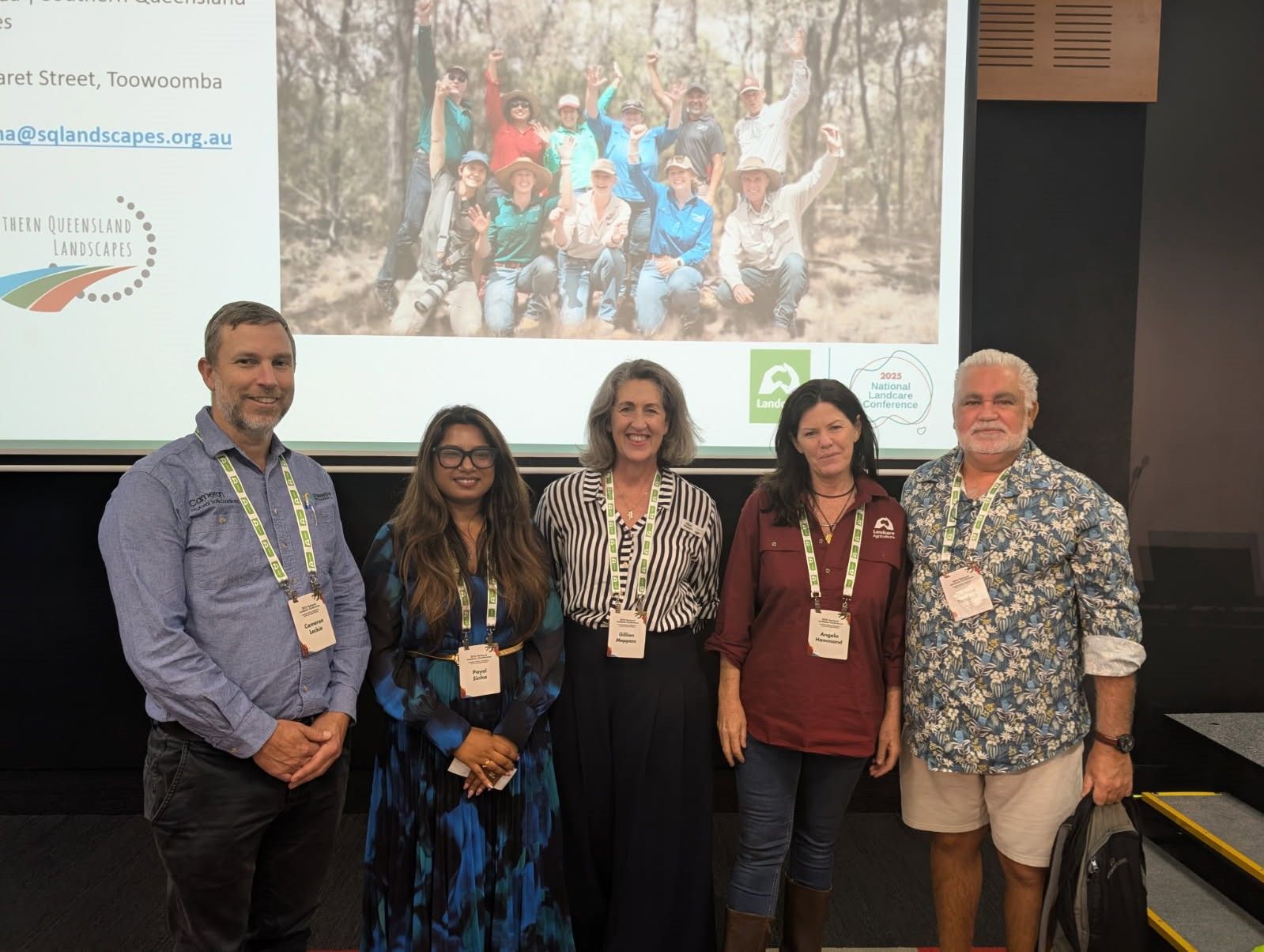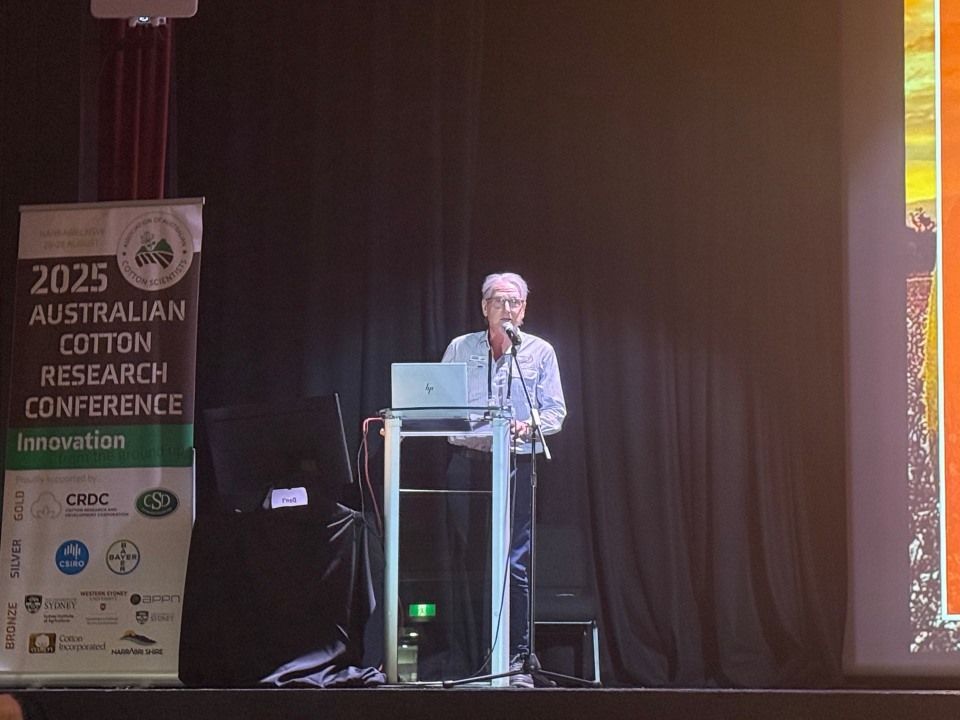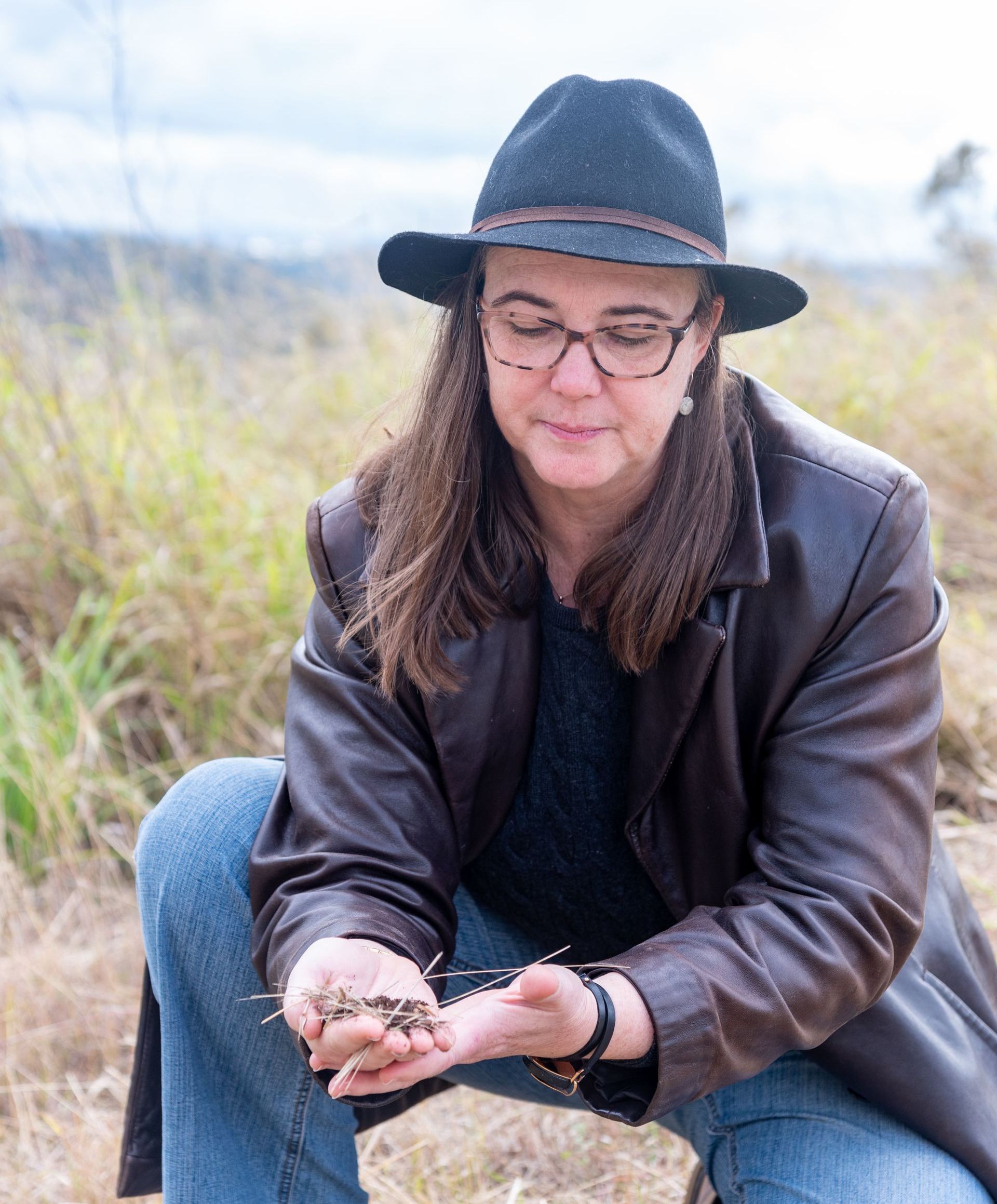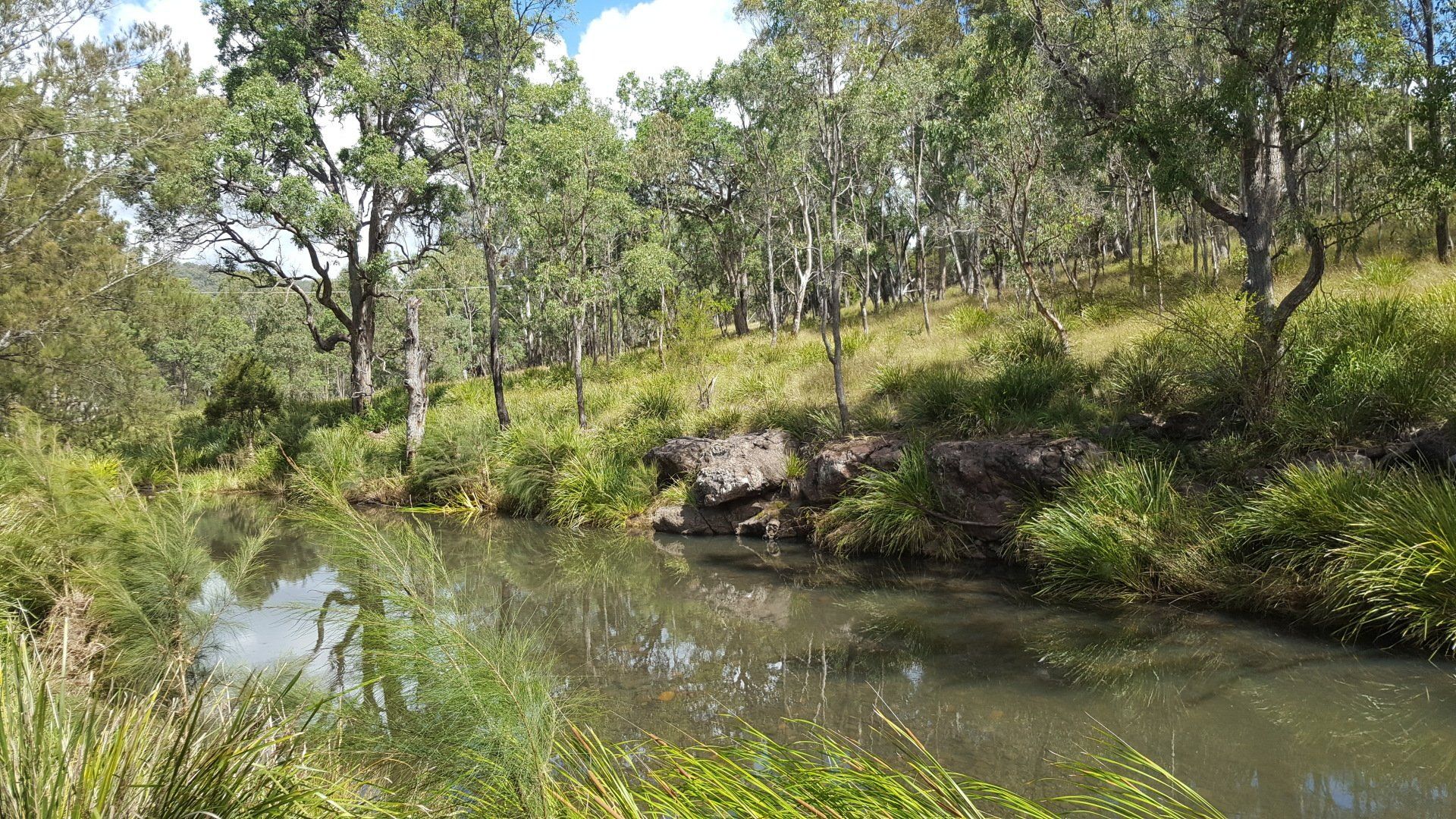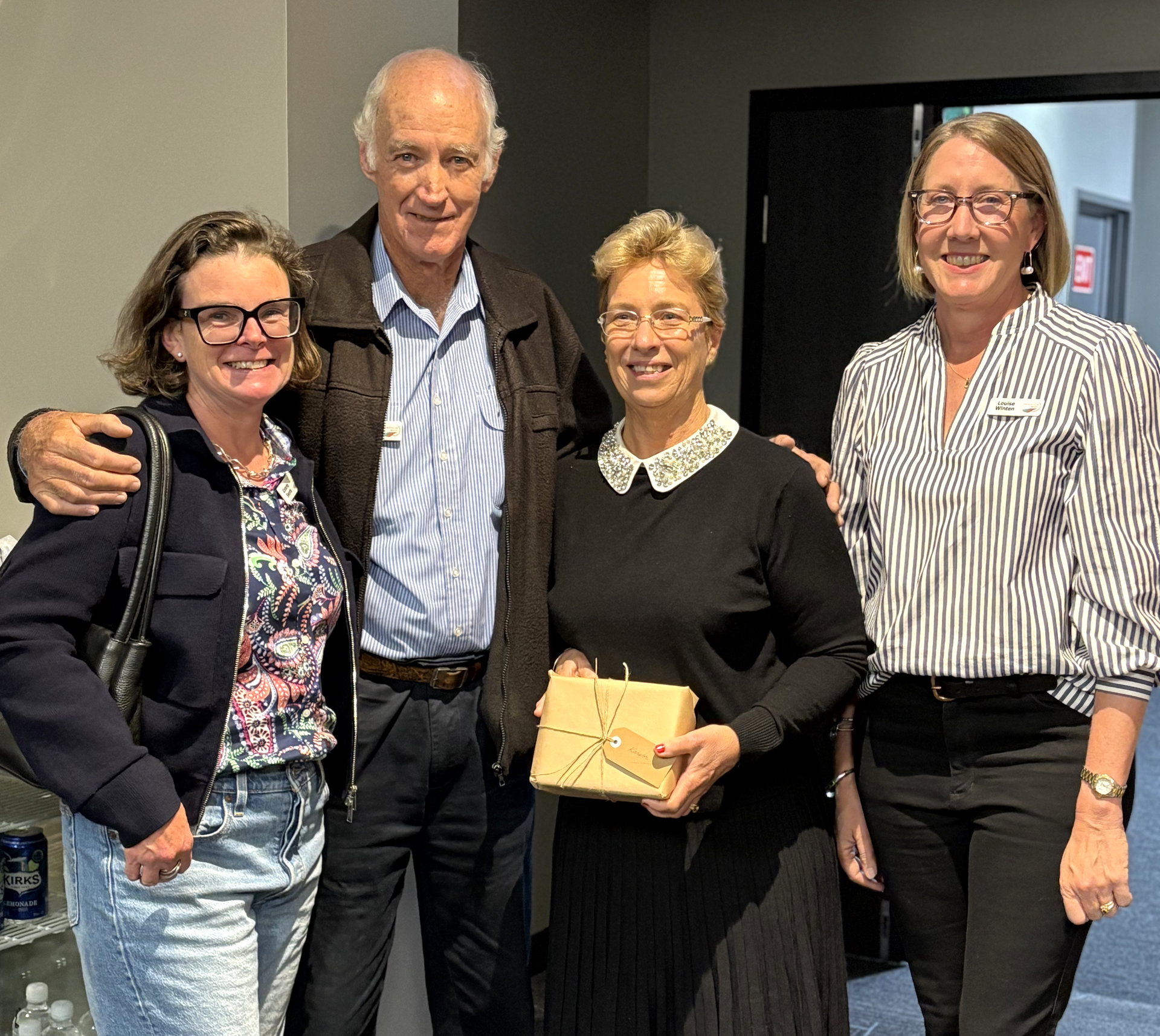SQ Landscapes & Biosecurity Queensland are assessing the effectiveness of camera grids, thermal and aerial surveys to determine if they return similar results. Pictured - thermal monitoring on deer is the same technology now being used on pigs.
Experts say monitoring feral pig movement is just as important as shooting, baiting and poisoning feral pigs.
The advice comes after feral pig expert Darren Marshall from Southern Queensland Landscapes’ Vertebrate Pest and Wildlife Management team, said monitoring is integral to controlling feral pig populations.
“The main reason that monitoring is so important is that to have any effect on the pig population you need to take out 70% of the population in one hit,” Darren Marshall said.
“So many land managers do feral animal control and so many land managers don't know how many ferals they're knocking down,” Mr Marshall said.
“If you don't know what percentage you are taking out, it makes it difficult to measure if your current pig management strategies are working. Otherwise people are putting in a whole lot of effort and you can't measure whether you’re actually having an impact on the population,” he said.
Darren Marshall said SQ Landscapes is working with Western Downs Regional Council and Biosecurity Queensland to help land managers in the Westmar district to monitor pig populations.
Mr Marshall said the team has put new thermal monitoring technology to the test, comparing it with traditional monitoring methods like camera monitoring and aerial surveys.
“What's exciting for us is that we are comparing the methods of monitoring,” Darren Marshall said.
“This is the first time we have compared three monitoring methods in one geographical area. This way we can compare and contrast the benefits of each method and see which method is most effective in the landscape,” Mr Marshall said.
“It's a really good project that puts to use many different technologies to help the land manager improve their feral pig control effectiveness,” he said.
Mr Marshall said this monitoring method uses an ultra high definition video camera, fitted with a thermal imager to detect and record the presence of the pests in real time.
“The thermal imaging technology detects heat - so it allows us to see the pigs when they might be hiding or in areas of thick vegetation,” Darren Marshall said.
“The thermal camera can even be used in conjunction with aerial shooting - helping to increase the effectiveness of control programs,” Mr Marshall said.
“It shows us where the pigs are hiding, which is especially important with aerial shooting because they can get spooked by the helicopter,” he said.
Principal Scientist Dr Matthew Gentle from Biosecurity Queensland (BQ) said BQ is committed to investigating ways to improve pest animal management.
“Being a pest animal research organisation, we are invested in improving feral pest management within Queensland,” Matthew Gentle said.
“Without the monitoring, you won't be able to understand if the control measures were effective,” Dr Gentle said.
“Testing something like thermal detection can also help us to correct our visual detection. When we do visual monitoring we can sometimes miss pigs, so we can use the thermal camera monitoring to help enhance visual surveying,” he said.
“We’re also looking to investigate feral pig behavioural changes after aerial shooting, particularly looking at the behaviour of the survivors.”
“Ultimately, we’re looking to reduce the impact of pests to the environment, to livestock and to people.”
The results of the thermal surveys will be compared with other monitoring methods after a coordinated control program takes place later in the year.
Anyone interested in participating in a feral animal monitoring or control program should get in contact with Southern Queensland Landscapes.
https://www.sqlandscapes.org.au/our-region#OUROFFICES


